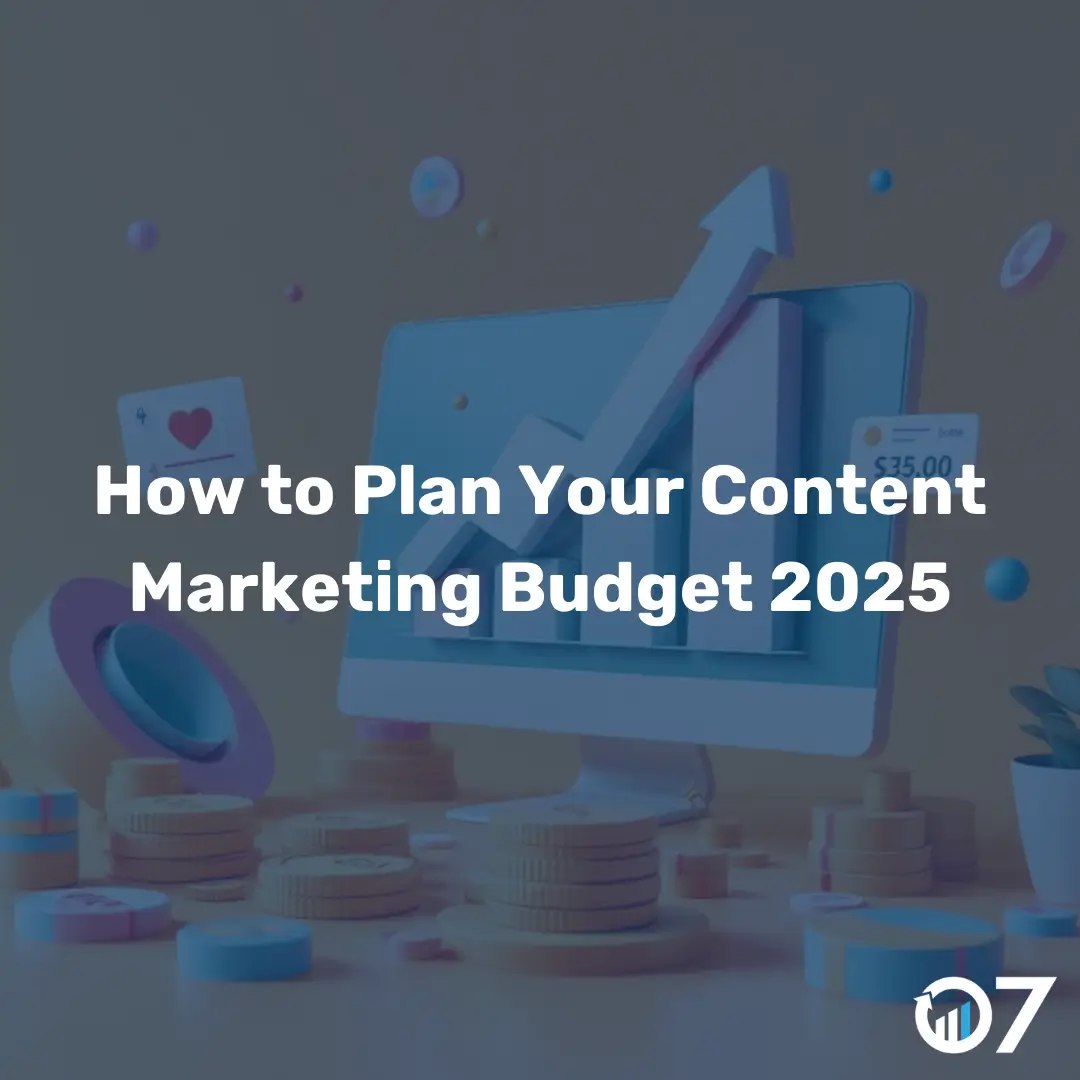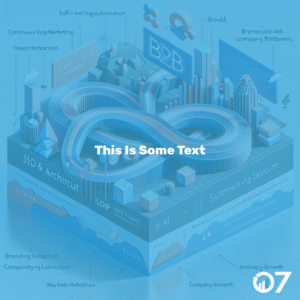Planning your content marketing budget 2025 can be tricky, but it’s essential for success. Let’s break it down together so you can maximise your investment and see great returns.
Is content marketing worth the money? Absolutely. But it has to reach and resonate with the right audience. According to recent reports, 50% of companies plan to increase their marketing budget this year. With many Gen Z, Gen X, and Millennials discovering new products through social media content, this investment makes sense.
For example, many businesses dedicate part of their budget to creating content with the help of freelance writers. Engaging content can set the stage for ongoing relationships, driving organic traffic and increasing sales conversions. This is why content marketing is a worthy investment.
Where are marketers spending on content creation? Social media sites are the primary focus due to their global reach. Facebook, Instagram, and TikTok are major players, with billions of active users. In 2024, a significant number of B2C small businesses used Facebook and Instagram as part of their strategy. B2B marketers, on the other hand, leaned heavily on LinkedIn for lead generation.
Video content is particularly influential. Product explainer videos have a high impact on purchasing decisions. Emails also remain popular, especially segmented ones, which outperform generic emails. GenAI is becoming a key component of email marketing strategies, with many marketers rating it as effective.
How much is enough for a content marketing budget? The amount should get you the results you want without breaking the bank. The changing nature of content engagement means there are no hard-and-fast rules. Platforms like TikTok and YouTube are currently worth ramping up spending on, while others like Facebook may see slower investment.
Industry also plays a role in setting content marketing budgets. For instance, businesses in the banking and finance industries often spend around 9.5% of total company revenue on marketing. Retail wholesalers spend 14.52% on average, while consumer packaged goods companies spend just over 25% of total revenue on marketing.
How to establish a content marketing budget? Here are five best practices to help you set a solid framework.
1. Pinpoint your target audience
Don’t waste money on marketing to customers who aren’t interested in your product or service. Ensure you’ve pinpointed your target audience by considering demographics such as age, location, average income, and historic patterns of content interaction.
2. Calculate your current content marketing spend
Calculate how much you’re currently spending on content marketing. This includes money spent on creating social media posts, blogs, videos, and other content, along with any funds used for research and preparation. Knowing your current spend provides a baseline for future budgets.
3. Define your strategic goals
Identify content areas that have seen significant growth over the past year, and prioritise those efforts. Drill down into why they’re working with surveys or focus groups. Build a budget plan to ensure you’re not taking a scattershot approach to content marketing.
4. Identify measurable outcomes
Conversions are the ultimate metric of content marketing success. Track metrics that measure engagement, such as how long visitors stay on your webpage or how many click through on CTAs. Measure engagement through social interactions like likes or comments.
5. Regularly review your spend
Content marketing spend isn’t static. As consumer preferences change, so will the way they interact with and consume content. If engagement on a specific platform begins to fall, it may be time to shift marketing spend. New approaches like interactive chatbots or personalised advertising may also warrant increased investment.
What content marketing types should you budget for in 2025? Here are four key types to consider.
Short-Form Videos
Short-form video continues to see significant growth across platforms like YouTube and TikTok. Other social media sites like Facebook and Instagram have also adopted this trend. Short videos, typically less than 10 minutes, are highly effective.
Informational Blogs
Blogs continue to deliver content marketing returns. Companies using blogs generate more leads each month than their non-blogged competitors. However, blogs must offer value to readers and not just be promotional vehicles.
Influencer Partnerships
Influencers have a positive impact on content marketing efforts. Many consumers trust influencer recommendations over those directly from brands. Influencer content often outperforms typical marketing content.
GenAI Content
Generative AI is increasingly important for creating personalised content. Personalisation increases sales and encourages repeat purchases. GenAI helps marketers create more personalised content and better understand their customers.
In conclusion, planning your content marketing budget 2025 involves balancing investment, engagement, and ROI. Use these guidelines and best practices to make informed decisions. For more insights, visit our blog or contact us via email at info@07hm.co.uk or call us on 01702 410663.





